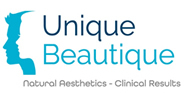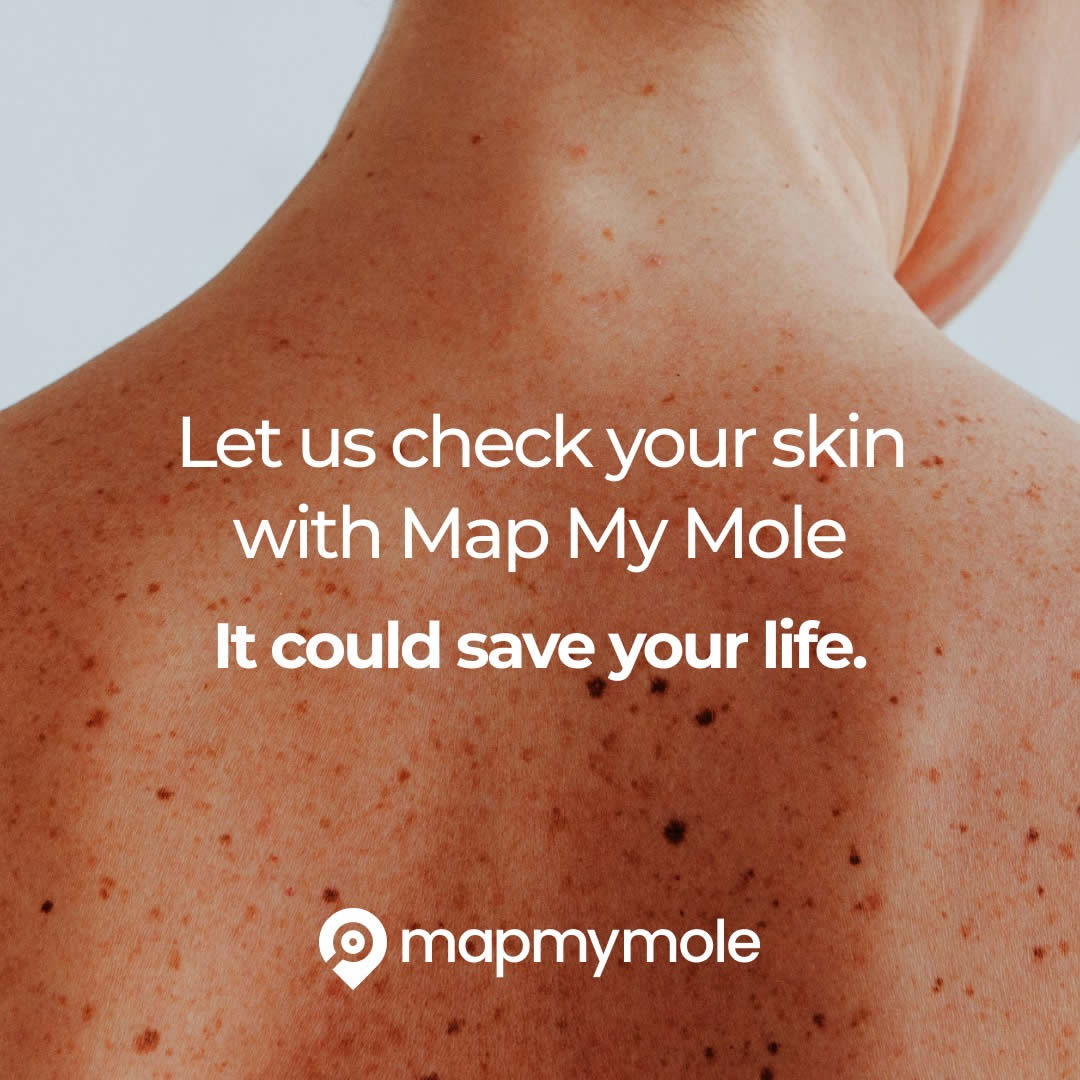Blemish Removal, Reduction and Checking
Safe, Effective Electrolysis for Skin Blemish Removal
Advanced Cosmetic Procedures (ACP) is the latest treatment offered at our salon. It uses electrolysis to safely and hygienically remove a wide range of unwanted skin blemishes. Originally developed in the early 1900s to treat unwanted hair, electrolysis has significantly evolved and can now treat over 21 types of blemishes—without the need for surgery.
While the procedure can cause mild discomfort, it’s very manageable and comes with minimal downtime. Most clients experience only slight tightness or minor scabbing during the healing phase.
We also use the Map My Mole service to scan and assess moles and other pigmented blemishes. This ensures your safety and allows for appropriate referral when needed.
Consultation & Pre-Treatment Advice
Every client receives a thorough consultation before treatment. This ensures:
- The procedure is right for your skin and condition.
- A personalised treatment plan is created.
- You understand the likely number of sessions required.
- We check for contraindications or if a doctor’s note is needed (e.g. for moles).
- You’re well-informed about aftercare and healing expectations.
If you’re planning a holiday, we recommend scheduling treatment at least 4 weeks in advance, as sun exposure, chlorine, and sea salt may interfere with healing.
To help manage discomfort, we suggest applying a topical anaesthetic (such as EMLA) one hour prior to treatment and covering with cling film.
Commonly Treated Skin Blemishes
- Age Spots (liver/sunspots): Flat, discoloured areas on sun-exposed skin.
- Blood Spots / Campbell de Morgan / Cherry Angiomas: Bright red lesions under the skin.
- Cysts & Sebaceous Cysts: Fluid or keratin-filled sacs under the skin.
- Dermatosis Papulosa Nigra (DPN): Small, dark papules mostly found on black skin types.
- Milia: White, hard, small bumps often around the eyes or cheeks.
- Moles: Require written consent from a GP before treatment.
- Molluscum Contagiosum: Small, dome-shaped viral lesions, often flesh-coloured and clustered.
- Seborrheic Warts: Waxy, crusty, or scaly growths.
- Skin Tags: Soft, benign skin growths, usually on the neck, armpits, or under the breasts.
- Spider Naevi: Central red spot with fine capillaries radiating out.
- Syringomas: Small, benign sweat gland tumours.
- Telangiectasia: Dilated, visible capillaries (commonly called broken capillaries).
- Thread Veins: Superficial dilated veins.
- Warts & Verrucas: Viral skin growths with a rough surface.
- Xanthelasma: Yellow cholesterol deposits around the eyelids.
- Sebaceous Hyperplasia: Enlarged oil glands, often on the forehead or cheeks.
- Hairs in Moles: Can be treated where safe and appropriate with clearance.
Please note: Not all lesions are suitable for ACP. Some may require a doctor's assessment or ongoing monitoring.
What Causes Skin Blemishes?
- Sun exposure – UV rays can trigger pigmentation, age spots, and broken capillaries.
- Hormonal changes – Particularly during puberty, pregnancy, or menopause.
- Genetics – Some conditions like DPN, syringomas, and skin tags may be hereditary.
- Skin trauma – Cuts, burns, or shaving can result in blemishes or scarring.
- Blocked pores or glands – Often the cause of milia, cysts, and sebaceous hyperplasia.
- Viral infections – Warts, verrucas, and molluscum contagiosum are caused by viruses.
- Circulatory issues – Broken capillaries and spider naevi can result from pressure or vascular weakness.
- Friction or irritation – Skin tags and some cysts may appear in areas of rubbing or sweating.
Treatment FAQs
You may feel mild discomfort. A topical anaesthetic helps minimise this.
Aftercare Guidelines
- No hot showers, baths, or heat treatments for 24 hours.
- Avoid makeup on the area for 48 hours (or use a barrier cream).
- Apply aftercare products twice daily for two weeks.
- No strenuous exercise for 48 hours.
- Don’t touch, rub, or pick at the treated area.
- Avoid sun exposure or heat for 2 weeks post-treatment.
- Use SPF 20+ daily.
- Avoid perfumed products on the treated area.
- Wear loose-fitting clothing if the area is prone to rubbing.
- Report signs of infection or unusual scabbing to the salon.


